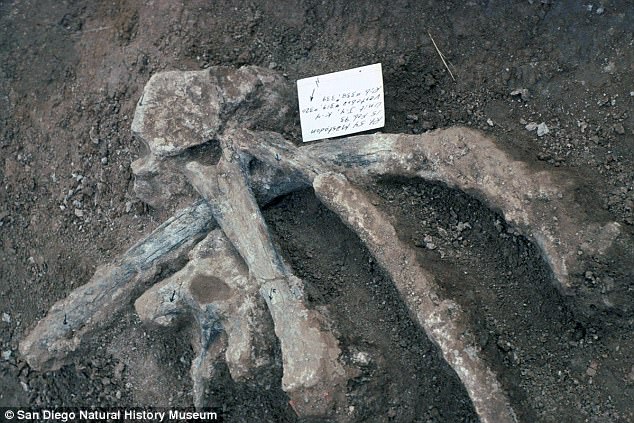The earliest known evidence of limb bone marrow in a vertebrate was reported by scientists at Uppsala University in Sweden and the European Synchrotron Radiation Facility (ESRF) in France in the edition of the journal Proceedings of the Royal Society B.
The researchers examined the bone structure of the humerus of the Devonian fish Eusthenopteron that was discovered in Miguasha, Canada. The fossil is 370 million years old.
The documented relationship between the lobe-finned fish Eusthenopteron and the first animals with four limbs (tetrapods) was the basis for the choice of specimen. The examination produced evidence of the evolutionary development of bone marrow and blood cell production in bone marrow that predates any known terrestrial vertebrate.
The bone marrow processes in Eusthenopteron were found to be very similar in size, position, and connections to that of early animals and modern animals.
The noninvasive examination preserved the delicate remains of bone marrow passageways and also allowed the researchers to observe the remnants of new blood cells in the bone marrow of Eusthenopteron. The high resolution of the instruments was essential in defining the three-dimensional structure of the oldest known example of bone marrow production in a vertebrate animal that has been analyzed to date.















